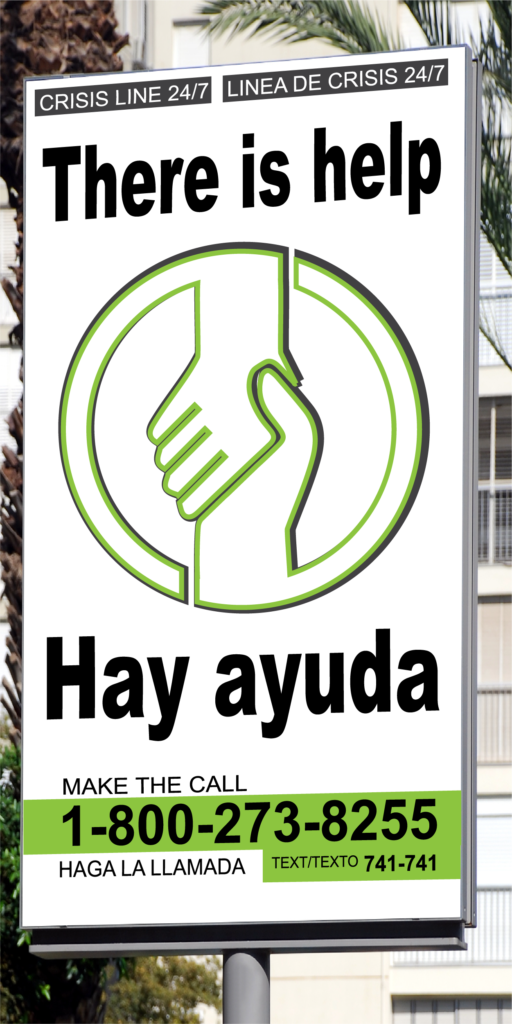Signage
& Barriers
Barriers and other physical deterrents that reduce access to areas where a person can attempt suicide, or otherwise reduce the lethality of an attempt, are an important part of comprehensive suicide prevention efforts. In the home, we can pay attention to door and window locks, and place crisis resources in visible places to remind ourselves or the person we are concerned about that help is available.
Barriers matter because many people who develop a suicide plan will not substitute one means for another. Studies have shown that if access to a particular means is prevented or obstructed most people will not seek another method, even if it is readily accessible. The vast majority of people who attempt suicide and survive will not go on to die by suicide at a later date. This means that efforts not only to reduce access to highly lethal means, but also reduce the lethality of these attempts, can save lives.
There are several ways that physical barriers and other deterrents can prevent or reduce suicides. For example, physical barriers and deterrents that prevent access to a location, such as fences; netting or other mechanisms underneath a structure that reduce the lethality of an attempt; or signage that offers a message of hope and shares a crisis resource.
The following address various forms of site-specific suicide prevention considerations in more detail.
One Piece of the Puzzle
Physical barriers and deterrents are just one part of a comprehensive approach to suicide prevention. Even in locations where physical barriers are in place, many more lives are saved each year through strategies to identify people who may be at risk and intervention before they attempt suicide. Site-specific strategies include suicide prevention training for people who work at these locations to increase their ability to recognize warning signs and intervene to assist someone who may be at risk. It’s also important that there is a plan for support if a suicide does occur, both for people who work at the site and for those who witnessed the death.
Learn about local suicide prevention efforts on the community resources page. If you would like to get involved in suicide prevention efforts, your local suicide prevention or prescription drug coalition is a great place to start.

Additional Resources
For more information on signage, barriers, and suicide prevention, visit the links below:
- Harvard School of Public Health – Bridges and Suicide opens in a new window
- Guidance on action to be taken at suicide hotspots opens in a new window
- National Suicide Prevention Lifeline – Position on suicide prevention on bridges opens in a new windowopens PDF file
- Interventions to reduce suicides at suicide hotspots: a systematic review and meta-analysis opens in a new window
